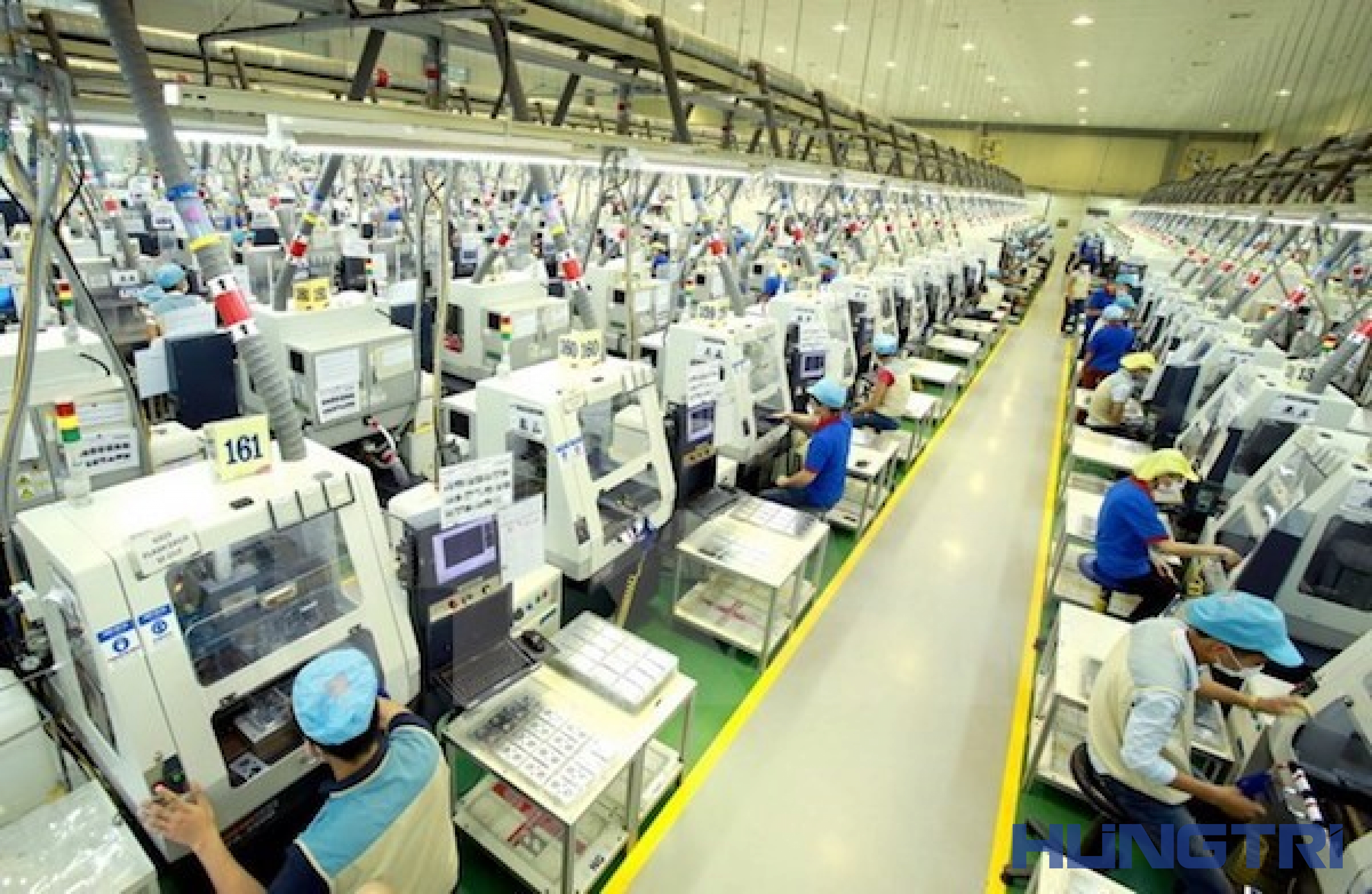Although there are positive signals for year-end growth, which is the recovery of the industrial sector, the factors that determine growth are also the epidemic situation in the world, public investment, etc.
According to Associate Professor, Dr. Pham The Anh, Head of the Department of Macroeconomics, National Economics University, in the context of the Covid-19 crisis, Vietnam recorded impressive growth in the first 6 months of the year while many major powers had negative growth.

Vietnam's economic growth in the first 6 months of the year was 1.81%, although it is a record low for many years, it is still an optimistic scenario compared to forecasts.
“A somewhat impressive growth rate, because in the 2020 macro scenarios that we built, that growth rate is in the neutral scenario, even the optimistic scenario,” Associate Professor, Dr. Pham The Anh commented.
The reason why Vietnam has maintained positive real GDP growth is because our country restarted the economy earlier than expected (from the beginning of May, instead of the beginning of June), even though the sectors related to import and export are still being severely affected by the pandemic.
In particular, assessing the economic recovery signals in 2020, experts said that maintaining positive real GDP growth in the first 6 months of the year, especially in the second quarter - the period when the economy was considered to be "hit" by the pandemic - has created a basic foundation for the Vietnamese economy to recover to a certain extent in the next 6 months.
Accordingly, there is an optimistic signal, which is the recovery of industrial production. For example, the PMI (purchasing managers index), if before this index was very low (dropped below 40), by June it had risen above 50. Of course, whether this index increases sustainably or not depends on the epidemic situation in the world.
Specifically, the factors determining growth will include: the epidemic situation in the world, public investment...
Regarding the epidemic, this is the most unpredictable factor. We absolutely cannot say anything in advance, because up to now, vaccines or specific drugs are still question marks.
Regarding investment, the past 6 months can be considered positive signs when the government strongly pushed for public investment disbursement.
“Of course, public investment cannot completely replace private investment, but in the short term (6 months) its impact is still very significant,” the expert assessed.
In addition, Mr. Pham The Anh also said that factors such as EVFTA are also expected to bring a breath of fresh air to the economy when some Vietnamese industries benefit from the agreement and FDI capital flows are expected to flow into our country more strongly.
“In the most optimistic scenario that we have built, when public investment disbursement is good, the epidemic is controlled, and countries loosen their lockdowns, GDP can increase by about 5%. In the neutral scenario, GDP can increase by about 3% - 4%, while in the pessimistic scenario, it can only increase by about 1% - 2%,” said Associate Professor, Dr. Pham The Anh.
Recently, Dr. Tran Du Lich, a member of the National Financial and Monetary Policy Advisory Council, also shared that the National Financial and Monetary Policy Advisory Council has agreed on a growth scenario of 3-4% this year, depending on the situation of removing difficulties and domestic spending, but the priority is still to control the epidemic. Control inflation below 4%.
In 2020 and early 2021, credit growth will be over 10%, with a policy of increasing budget deficit and public debt to about 3-4% of GDP to have more resources to support businesses.
However, the scenario proposed by the above experts is quite optimistic compared to the two scenarios announced by the Central Institute for Economic Management (CIEM) last weekend.
Accordingly, CIEM has proposed two forecast scenarios for Vietnam's economy in 2020 with growth rates of 2.1% in Scenario 1 and 2.6% in Scenario 2. Exports for the whole year are forecast to decrease by 3.1% in Scenario 1 and 1.9% in Scenario 2 (compared to 2019). The trade surplus is forecast at 1.7 billion USD and 2.1 billion USD, respectively. Average inflation in 2020 is 4.3% and 4.5%, respectively.
The above scenarios of CIEM are even more cautious than the forecast of Vietnam's GDP increasing by 2.8% in 2020 by international experts from Bloomberg.
In the uncertain context of the Covid-19 crisis, multi-dimensional forecasts, assessments and different growth scenarios are inevitable. However, experts unanimously agree that whether the growth rate in the last 6 months of the year can be achieved at an optimistic scenario or not depends largely on the management of fiscal and monetary policies, in other words, credit growth and public investment.
According to Thy Hang/enternews.vn

